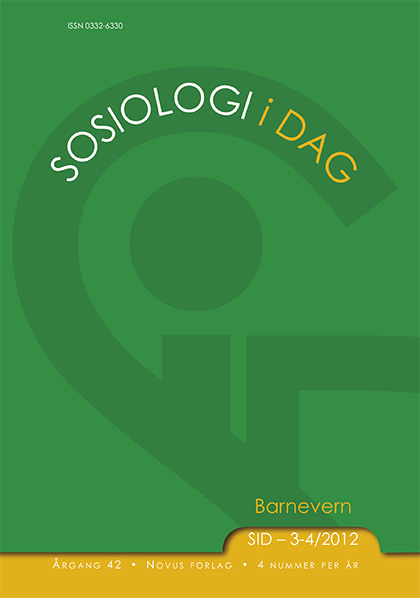Abstract
I en verden med økende bevegelse fra fattige og konfliktfylte områder i sør til velstående og fredelige nord, søker mottakerland måter å begrense og kontrollere migrasjon. Dette gir en situasjon hvor noen migranter fremstår som mer attraktive og velkomne, mens andre opplever stadig økende restriksjoner som hindrer deres bevegelser. Dette er utgangspunktet for boken Transnational Migration, Gender and Rights. Boken springer ut av behovet for å forstå forholdet mellom mottakerlands interesser og forpliktelser på den ene siden og migranters rettigheter og behov på den andre. Den bygger dessuten på de siste 10-20 årenes erkjennelse av at migrasjon er kjønnet og at et kjønnsperspektiv er nødvendig for å forstå årsaker til og konsekvenser av migrasjon.Authors who publish with this journal agree to the following terms:
Â
- Authors retain copyright and grant the journal right of first publication, with the work 1 year after publication simultaneously licensed under a Creative Commons Attribution License that allows others to share the work with an acknowledgement of the work's authorship and initial publication in this journal.
- Authors are able to enter into separate, additional contractual arrangements for the non-exclusive distribution of the journal's published version of the work (e.g., post it to an institutional repository or publish it in a book), with an acknowledgement of its initial publication in this journal.
